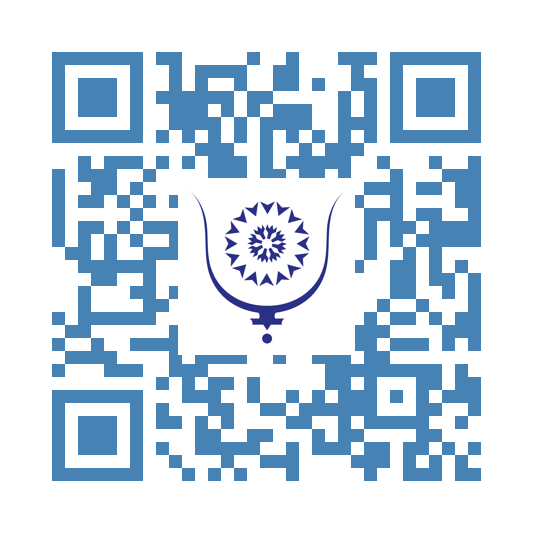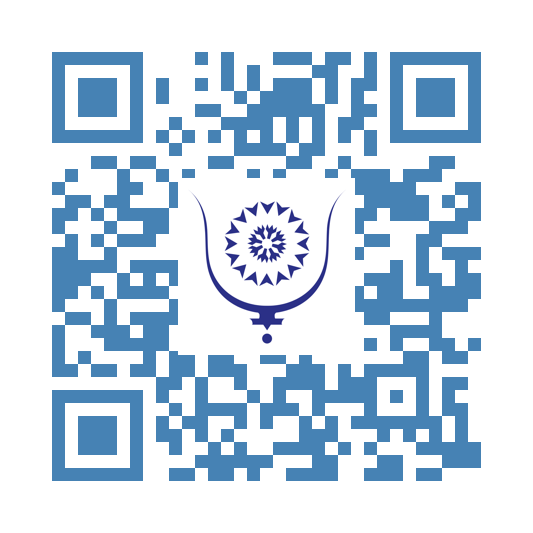The Coltan War...Nobody talks about, or very little... 7293
There are capacitors in all our electronic devices and equipment, and screens are becoming an increasingly important part of our lives. Even our watches, for those who still wear them, now have screens. In aeronautics, alloys, i.e. the aircraft we borrow, are not only made of Cobalt and Nickel.
The common ore here is Coltan. It is rare, but not everywhere. It is an essential composite in all these technologies. There's a lot of it north of Lake Kivu in the Democratic Republic of Congo, a marvellous inland sea of breathtaking beauty. I'll always remember the wonderful times I spent there.
Nearly 80% of the world's reserves are there. The rest of the commercial quantity is shared between Brazil, Venezuela, Canada, China, Spain and Australia.
Coltan, which is very important in modern industries, is strategic for all economic powers and is therefore an extremely important issue. And when you say ‘stake’, you mean the desire to secure the quantity needed to keep the machine running, and at the lowest possible cost. In Africa, particularly in this region to the north of Kivu, this has been possible since the 1960s. Mining is still done by hand. Young people toil all day long with hammers and chisels, scratching the ground in search of the right vein to fill sacks of tonnes of earth and extract the precious black or brown ore. That's where their work ends. Others on the surface are there to harvest the young people's labour and hand it over to the Chinese and others hiding in the shadows of unsanitary sheds, like predators on the lookout for prey. The precious sesame is traded for between US$30 and US$50 a kg... no more. The companies reap millions, the middlemen make a tidy sum, the children get a few crumbs, and the State just stands by and watches.
The Kivu region is in turmoil and permanently unstable. It has never known peace since the country gained independence in the 1960s. The peacekeeping contingents are there, but how effective are they?
Coltan is a curse for this Congo...
Needless to say, hardly anyone cares about what's happening in the region, about the fate of the people and the despoiled country. The people there should be living more than decently, but they never have. Do they know what it means to live decently, properly from their wealth and hard work? Generations go by without anything changing, quite the contrary.
In the last few days, the media world seems to have rediscovered that there is a high-intensity conflict going on and that thousands of poor people are being tortured, displaced, pillaged, raped and killed.
In 2012, as was the fashion throughout Central Africa, a liberation movement was formed, which was called Mars 23 and later became M23, following the fashion of the dimunitives. It is made up of the heirs of the famous Congrès National pour la Défense du Peuple (National Congress for the Defence of the People). Excuse the pun. The DRC government succeeded in signing a peace agreement with the CNDP, a faction of which will consider in 2022 that it has not honoured its commitments. It's an armed gang, the likes of which are easy to come by in Africa. Overnight, people in a given region are capable of raising an army that is better equipped and more powerful than the national army. Miraculously, they do this without manufacturing weapons, ammunition, vehicles or having factories to sew outfits, make shoes or produce fuel... This kind of movement is never found in poor areas, on the contrary... They are particularly fond of rich areas rather than poor ones. Once operational, in the name of a declared revolutionary ideal, they seize the wealth of the land and reduce populations to slavery if they are not driven out or deported. To see the extent of this, you only have to look at the reports on refugees or go to Rwanda to see the extent of the camps of these deportees abandoned in misery if not for the rationed and always inadequate aid from NGOs and certain governments, to ease their conscience.
It is in this region of the DRC that the M23 operates. The Congolese government had done its best to weaken it, but once again it has magically risen from the ashes and has been growing stronger since 2021. A few weeks ago, it launched a spectacular offensive and seized the very region where the most Coltan is produced.
The particularity of the situation this time is that the M23 is openly supported in its offensive by no fewer than 4,000 Rwandan soldiers. They have returned triumphantly to the town of Goma, the hub of the Coltan trade. No matter what the people or the government of the DRC think. The strongest is there and then.
Kinshasa, the capital of the DRC, is a 48-hour drive from Goma, and what a drive it is.
There too, as elsewhere in these times, international law is being flouted and the integrity of lands and peoples trampled underfoot. The M23 adventurers have no plans whatsoever, other than to corner the Coltan for their avowed sponsor Rwanda, which has thus become, as if by chance, the world's leading exporter of Coltan, without a single gram being extracted from its soil. The price has risen to over USD 70 per kg.
As this conflict is taking place in Africa, it does not even interest Africans themselves. Nobody talks about it, or very little.
Politicians, on the other hand, are busy with a summit of neighbouring countries this weekend in Dar Essalam, Tanzania. The stated aim is to find a solution to bring peace to the region. Many are aware that the initiative is doomed to failure. For ethnic reasons, Tanzanians, Kenyans and Ugandans are in solidarity with Rwanda.
It is in this context that Morocco is taking action, sending its Minister of Foreign Affairs Nacer Bourita and its Director of Intelligence to the main player in the affair, Rwandan President Paul Kagamé.
So why Morocco, so far away from the area?
In fact, no one else has known the region so well for so long. Morocco has been leading and participating in the UN peacekeeping contingent since the early 1960s. Since then, the Cherifian Kingdom has accumulated data and knowledge of the population, geography and politics of the region. As usual, it is not acting as a hero giving lessons, but as a neutral mediator. He is not openly proposing a solution, but he will carry more weight thanks to his wisdom and the growing respect he enjoys on the continent.
So, let's wait a few days before deciding on the fate of this mediation and on the intentions of all concerned.
In the meantime, ‘innocent slaves’ will continue to scratch the earth and provide the world with screens and capacitors.



